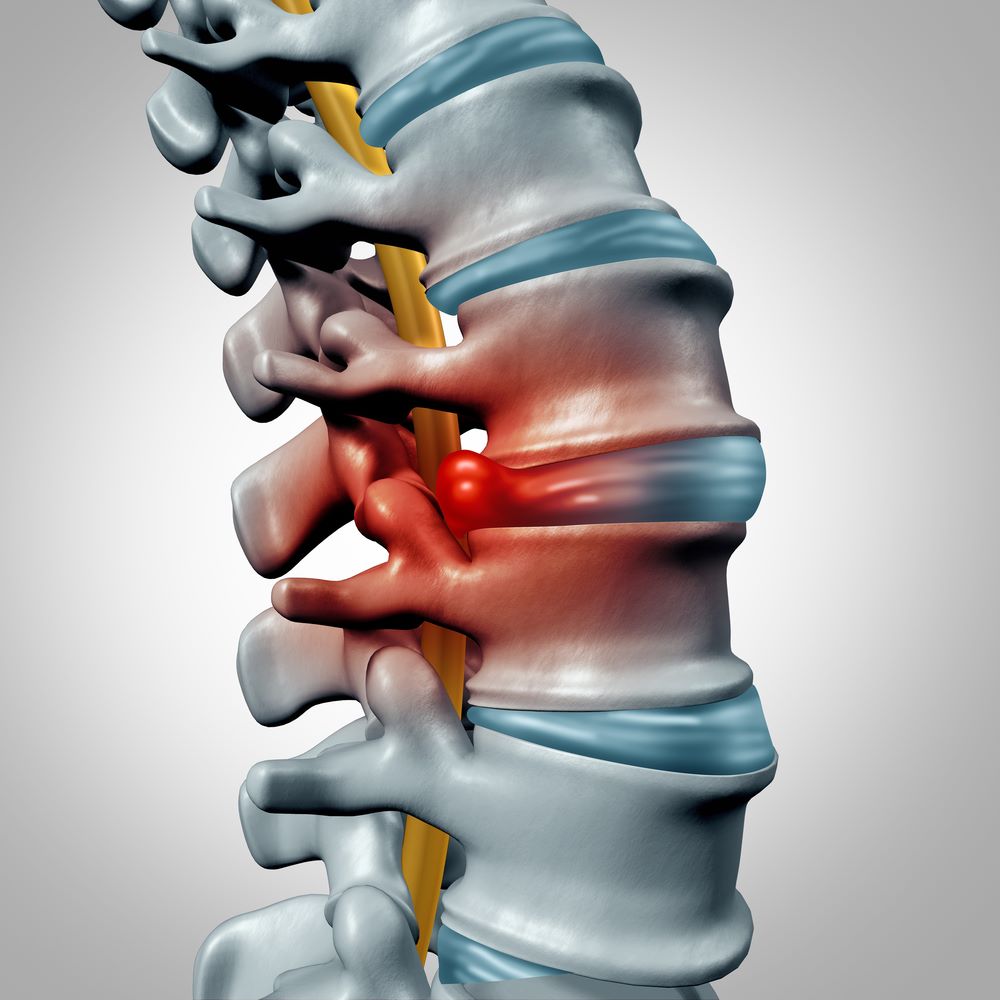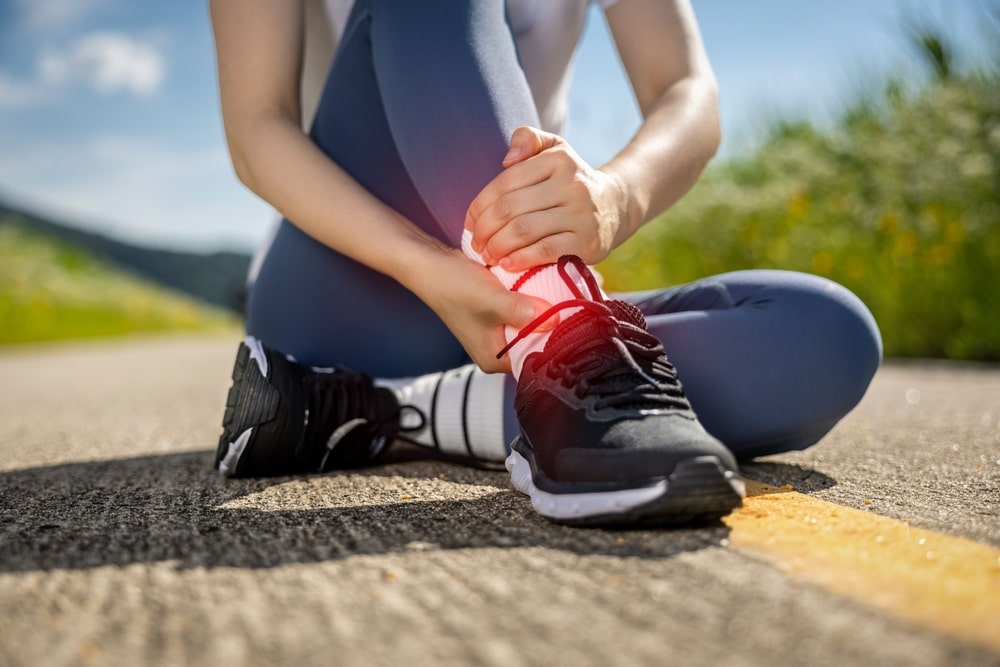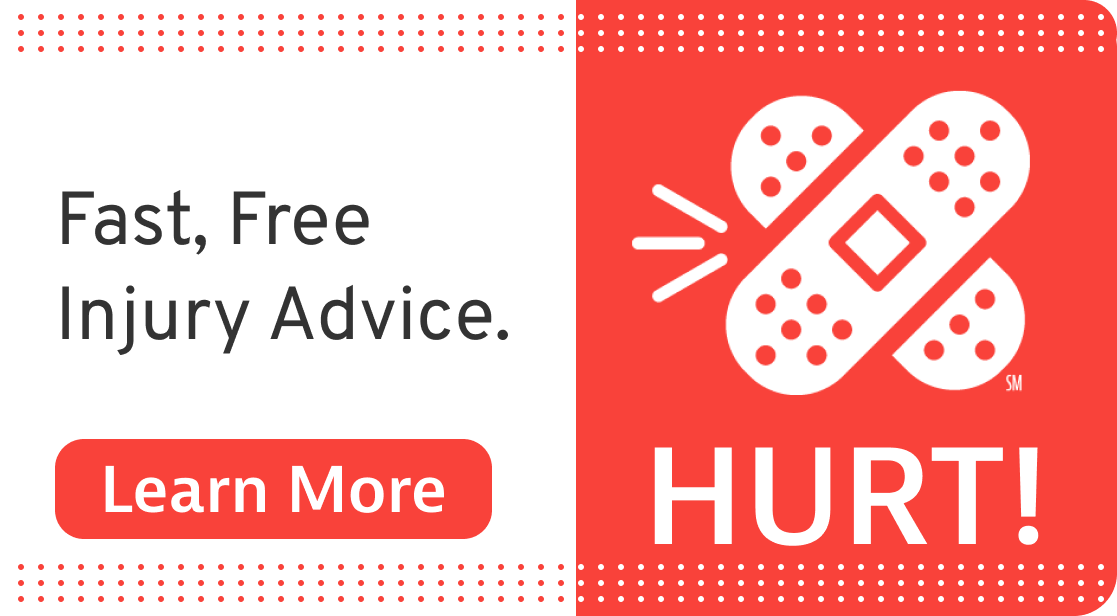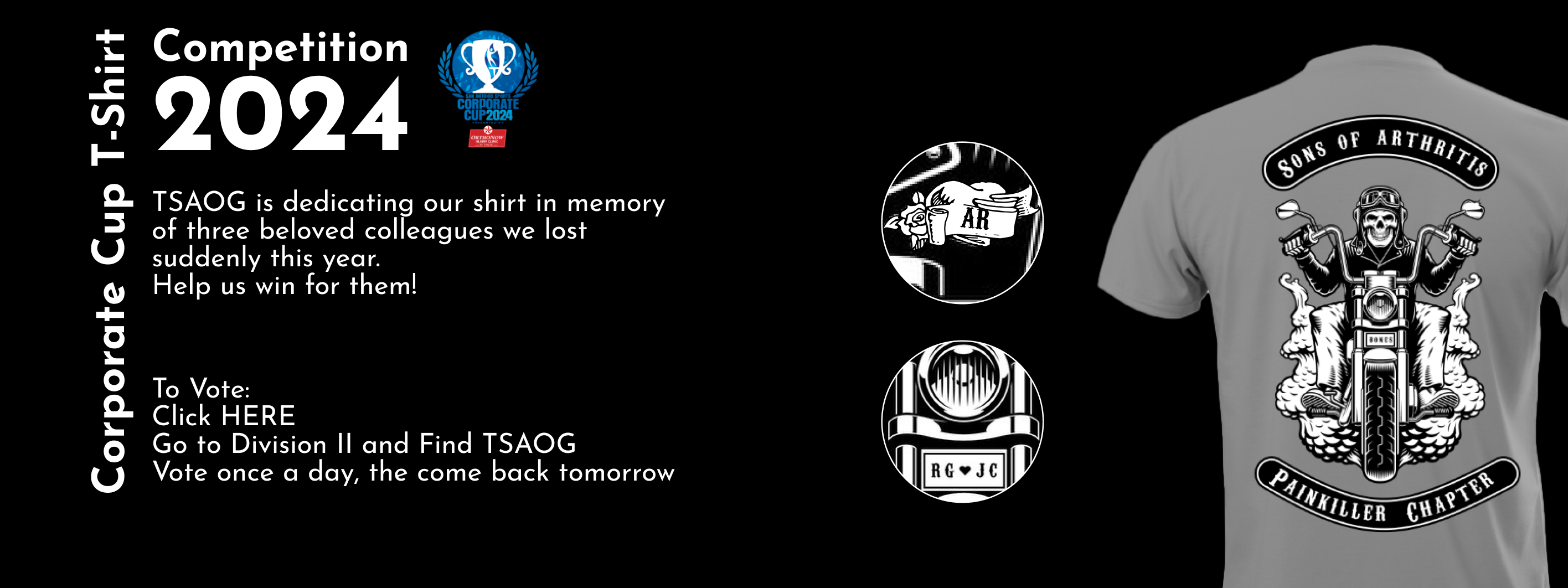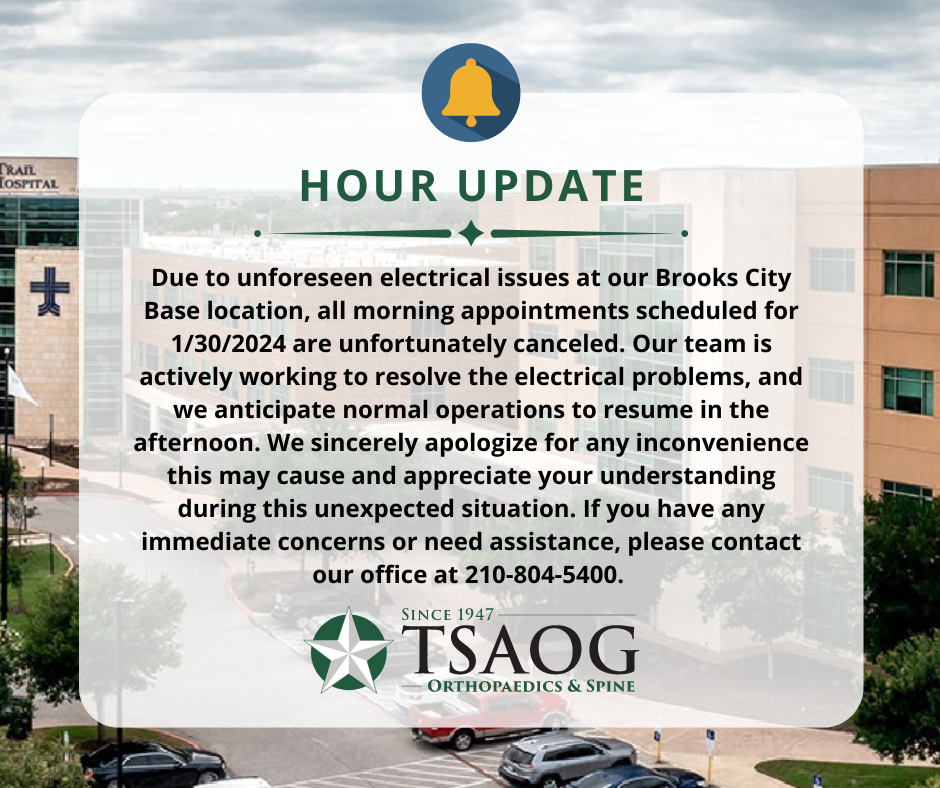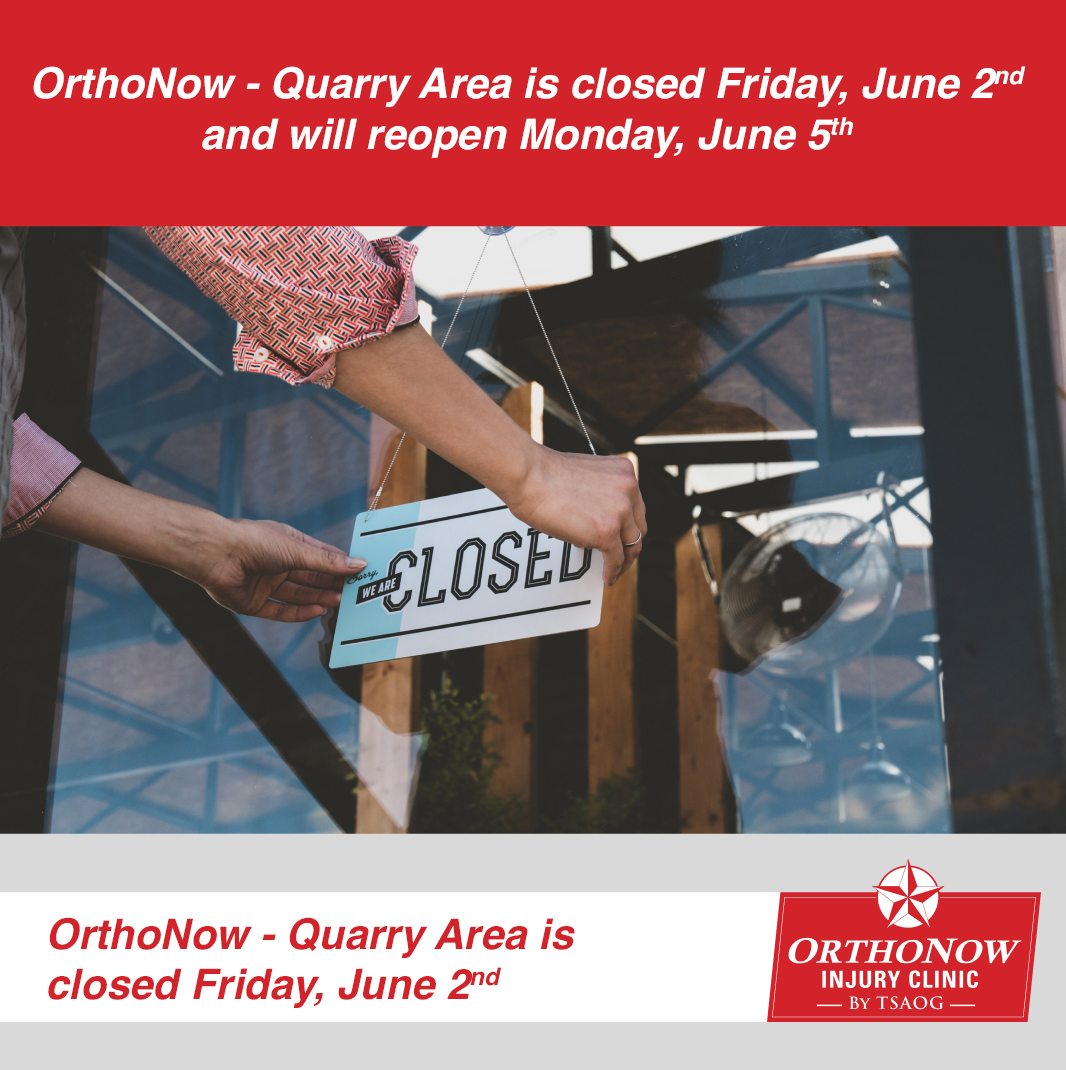Back pain is one of the most common reasons the average person will make a doctor’s appointment. Many people are concerned that their back pain could be related to a herniated disc. This is a term that is commonly used, but often misunderstood.
To understand the function and importance of your discs, think of them as cushions between the bones, or vertebrae, of your back. The discs help to stabilize your spine and allow it to move properly. Additionally, the discs help create space for your spinal nerves to exit the spinal column as they continue to their destination (ex: your legs).
The discs in your back are made up of two components:
- Annulus fibrosus – a tough, but flexible outer ring
- Nucleus pulposus – a soft and jelly-like center
Herniated Disc Symptoms:
- Back pain or neck pain
- Pain in the arms or legs
- Numbness and tingling in the arms or legs
- Weakness in the arms or legs
What Will My Doctor Do to Help?
The first step to treating a herniated disc is a definitive diagnosis. Make an appointment with a back pain specialist (ex: chiropractor, pain management physician, physical medicine and rehabilitation physician, or orthopedic surgeon). Your doctor will perform a thorough orthopedic and neurological exam along with imaging (x-rays and possibly an MRI) to identify the problem area. If you are diagnosed with a herniated disc, there are 4 stages of increasing severity that your doctor will need to assess as this will help determine what type of care is appropriate. In the early stages of disc herniation, your condition can likely be helped by chiropractic care. Chiropractors utilize a safe, gentle, and effective form of non-surgical care called spinal manipulation. If you are a candidate for spinal manipulation, treatment can usually begin immediately and will likely involve flexion-distraction. Flexion-distraction is one of the most beneficial forms of spinal manipulation for a herniated disc. It involves the use of a precision-engineered table. While lying on your stomach the table is set to gently bend at the waist in a specific rhythmic pattern that is based on your condition. All movements are provided and controlled by your chiropractor – not a computer. The bending creates a pumping action that can help the disc return to its normal location and therefore begin the healing process. Your care plan is designed to correct the problem, not mask the symptoms. Multiple sessions, of 10 minutes or less, are required. Coupled with home exercises and ice therapy, this condition can usually be managed well without the need for surgery or medication. There are rare cases, however, where a patient would not benefit from chiropractic care and non-surgical treatment is not enough to correct the problem. These are usually advanced cases which could include arm or leg weakness or numbness over the gluteal area, difficulty walking or standing, and loss of control of the bowel/bladder. These cases should be considered an emergency and should be seen by a qualified spinal surgeon as soon as possible.Looking for a Back and Spine Specialist in the San Antonio, TX Area?
